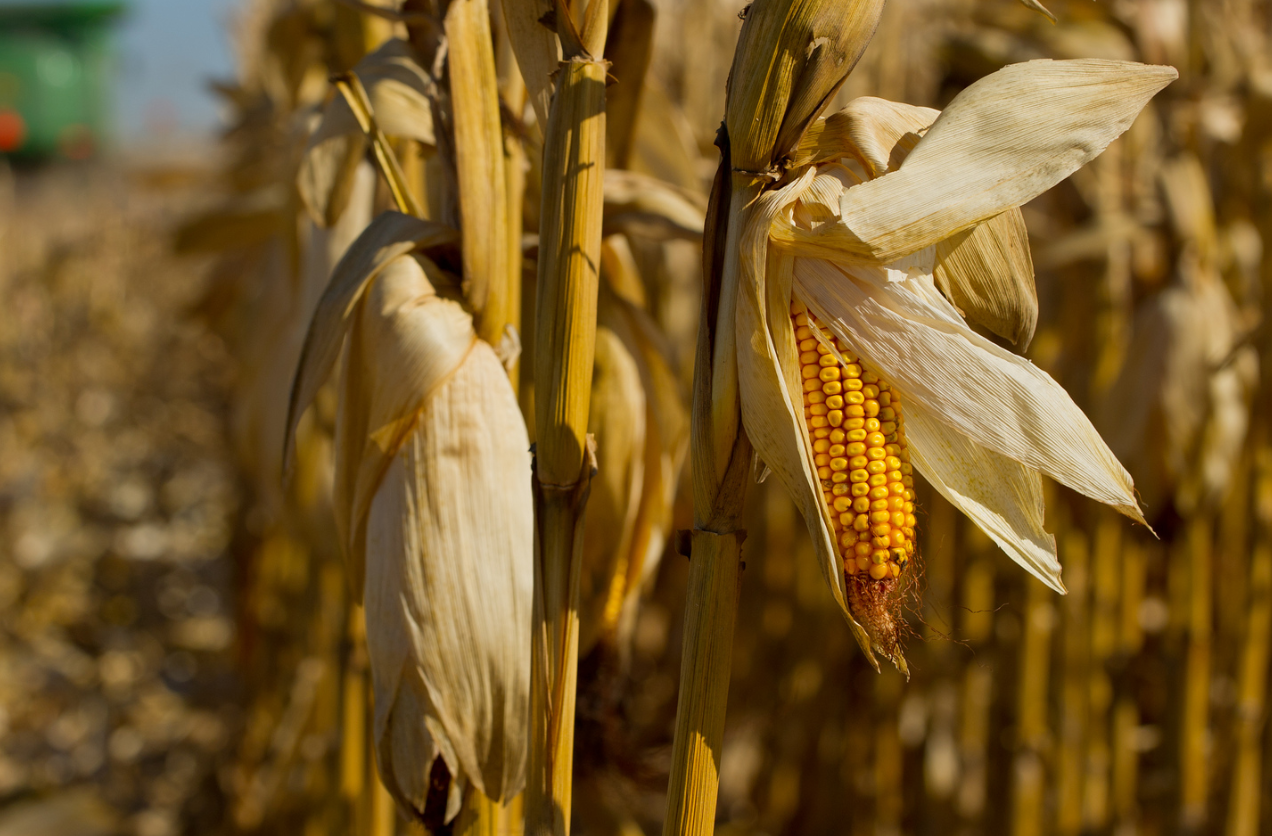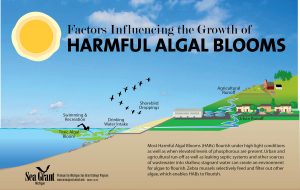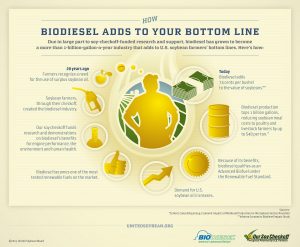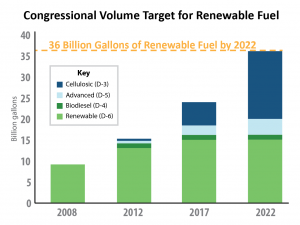
Advocates: “Environmental benefit” or “devastating impacts”
Large-scale farming of corn and soybeans for biofuel production continues to have adverse environmental and conservation impacts.
That’s a key finding in a recently released U.S. Environmental Protection Agency report to Congress.
The report says there has been an increase in the acreage of corn and soybeans that is a consequence of biofuel mandates like the Renewable Fuel Standard (RFS).
The federal RFS program requires that fuel used in transportation contain minimum quantities of renewable fuel like corn-based ethanol. The program is commonly referred to as the ethanol mandate.
The 2018 mandate is 15 billion gallons and the EPA is currently seeking comments for 2019 volumes.
Controversial program
The RFS has been controversial since its inception in 2006.
The program’s agriculture and ethanol industry proponents say that it helps minimize dependence on foreign oil, produces clean fuel and reduces greenhouse gas emissions.
Conservation groups contend that increased crop planting has led to destruction of wildlife habitat and in the Great Lakes region and the Gulf of Mexico, it has negatively impacted water quality.
Specifically, the report says “demand for biofuel feedstocks may contribute to harmful algal blooms, as recently observed in western Lake Erie, and to hypoxia, as observed in the northern Gulf of Mexico.”
The report suggests that mitigation of these impacts may be possible saying “continued adoption and expansion of sustainable conservation practices are expected to decrease nutrient loadings and associated adverse impacts.”
Both sides reacted sharply to the report. .
“EPA needs to go back to the drawing board on this report, as it fails to incorporate the most up-to-date information on the environmental benefits of ethanol and the RFS,” Renewable Fuels Association president Bob Dinneen told Great Lakes Now.
“By any measure, the RFS and corn-based ethanol have greatly benefited the environment, helping to clean the air and displace fossil fuels. EPA should follow the law by including the most updated information in its congressionally mandated report,” Dinneen said.
Dinneen said “there is no question that ethanol expansion under the RFS has benefited the environment; to suggest otherwise is just flat-out wrong.”
The National Wildlife Federation says in a statement from its Great Lakes office in Ann Arbor that EPA’s report confirms the findings of independent science.
“The federal Renewable Fuel Standard is having devastating impacts on the environment, wildlife habitat and water resources—including contributing to toxic algal outbreaks that contaminate drinking water, close beaches, and hurt tourism and recreation,” according to the federation.
David DeGennaro told Great Lakes Now that lands converted for biofuels “are disproportionately skewed to sensitive areas – important for wildlife habitat, dry lands that need to be irrigated, lands more prone to soil erosion.”
DeGennaro is the federation’s Agriculture Policy Specialist based in Washington.
“The impacts of shifting these lands into intensive, industrial agricultural production has profound consequences to biodiversity and environmental quality,” according to DeGennaro.
“Current scientific understanding”
The 143 page EPA report titled, Biofuels and the Environment, goes to Congress and covers the “environmental and resource conservation impacts of the Renewable Fuel Standard (RFS) program, specifically air and water quality, water quantity, ecosystem health and biodiversity, soil quality, invasive species, and international impacts.”
The purpose of the report is to provide the “current scientific understanding” of the impact on the environment of biofuels.
A requirement of the report is that it look at “likely future impacts” of biofuels.
The report says that corn and soybeans will remain as the primary source for biofuels for the next three to five years and the associated environmental and conservation concerns will remain.
Among the report’s recommendations is that more research be done in coordination with federal agencies, states and trade groups to better characterize land use changes.
The report also encouraged use of best management practices and incentives to promote conservation and sustainability by farmers.
Impasse in Congress
The Renewable Fuel Standard is the subject of ongoing scrutiny in Congress as agriculture interests would like to see its use expanded and the oil industry would like to see less use of biofuels.
Environmental groups are caught in the middle but want a pro-conservation reform of the mandate.
The National Wildlife Federation’s DeGennaro says there have been “high level meetings that included President Trump and three cabinet secretaries but nothing has changed with regards to the RFS.”
Additionally, “nothing has moved in Congress,” according to DeGennaro referring to legislation that could reform the RFS.
Yesterday, the U.S. EPA held a public comment session in Ypsilanti, Michigan to gather input for the 2019 standard which is due to be released in November.
EPA is accepting public comments on the 2019 standard until August 17th.
Featured Image: Corn Harvest, Photo by the United Soybean Board via flickr.com cc 2.0
—————————
For background and information on biofuels and conservation see Detroit Public TV’s documentary, The Ethanol Effect.
1 Comment
-
Dinneen is a corn ethanol lobbyist and would like you to believe that ethanol in gasoline is all good but it isn’t. When ethanol is added to gasoline at 10% by volume there is a reaction as the fuels don’t really like to be together. The result is higher vapor pressure leading to higher VOC’s which can lead to lung damage from O3 or ozone. When this problem was discovered the corn ethanol lobby asked for a waver from the EPA (controlled by Bush) to add the 10% ethanol to gasoline despite the dangers. Adding the ethanol to gasoline would naturally cause an increase death rate but it was approved anyway.








